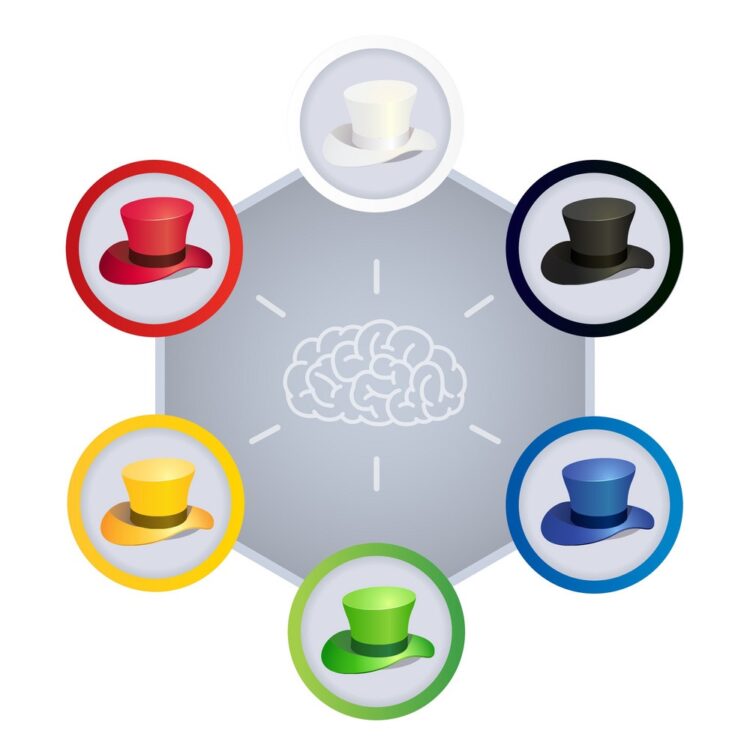Creative thinking has always been one of the main aspects in the successful implementation of any business strategy. In the prospect of business growth and development, it is necessary to establish an effective decision-making approach, which will help to outline the company’s strengths and decrease the negative impact of weaknesses. The Six Thinking Hats technique is a framework for thinking and decision making introduced by a famous expert in the sphere of creative thinking, invented in the early 1980s – Dr. Edward de Bono, and is licensed by Advanced Practical Thinking (APTT), of Des Moines, Iowa. Organizations such as Prudential Insurance, IBM, Federal Express, British Airways, Polaroid, Pepsico, DuPont, and Nippon Telephone and Telegraph use the Six Thinking Hats method.… Read the rest
Human Resource Management
Human Resource Management (HRM) is branch of management that deals with people at work, it is concerned with the human dimensions of management of the organization. As organization consists of people, therefore acquiring them, developing their skills, providing them motivation in order to attain higher goal and ensuring that the level of commitment is maintained are the important activities.
Impact of Workplace Wellness Programs in Modern Business Organizations
The modern workplace is constantly evolving, and employers are increasingly looking for ways to improve the health and wellbeing of their employees. Corporate wellness programs are one of the most popular strategies for achieving this goal. This essay will explore the impact of corporate wellness programs on employee engagement, productivity, and overall health. It will also discuss the challenges associated with implementing such programs in the workplace. By examining the evidence, this article will provide insight into how corporate wellness programs can be used to create a healthier and more productive work environment.
Definition of Corporate Wellness Programs… Read the restCorporate wellness programs are initiatives designed to promote healthy lifestyles among employees in the workplace.
Understanding the Talent Cliff
The talent cliff is a looming challenge facing organizations across a variety of industries. The phrase refers to the coming shortage of experienced, knowledgeable workers as the baby boomer generation retires en masse. This large cohort of workers has played a central role in driving the U.S. economy for the past several decades, and their absence could lead to a significant talent gap that could prove detrimental to many industries.
This essay will explore the talent cliff, its causes and effects, and the potential strategies and solutions that organizations can adopt to mitigate the talent cliff’s impact on their operations.
Causes of the Talent CliffThe baby boomer generation, which includes individuals born between 1946 and 1964, has played a central role in the U.S.… Read the rest
Idea of Workers Participation in Management
Workers participation in management refers to the involvement of employees in the decision-making process and management activities of an organization. This approach to management is based on the belief that employees are valuable assets to the company and should be given a voice in the direction and operations of the organization. Workers participation in management can take various forms, including collective bargaining, works councils, employee representation on boards, and employee involvement programs.
The concept of workers participation in management has its roots in the labor movement of the late 19th and early 20th centuries. During this time, workers were organizing to improve their working conditions and wages, and were calling for a greater say in the decisions that affected their lives.
Work-Life Balance: Why it Matters and How to Achieve it
Work-life balance is a concept that has gained a lot of attention in recent years. It refers to the ability to balance one’s professional and personal life without either one interfering with the other. The goal is to maintain a healthy balance between work and personal life so that you can enjoy both without sacrificing either one.
In today’s fast-paced and demanding world, work-life balance is more important than ever. With the rise of technology, the boundary between work and personal life has become increasingly blurred. Many people find themselves working longer hours, answering emails after hours, and feeling overwhelmed by their workload.
Human Resource Metrics
Human Resources once considered a field focused on soft skills, has undergone an unprecedented change. HR now deals with complex data that can be analyzed to provide valuable information and insight and is swiftly becoming an essential means to add strategic value. The HR world is buzzing with the transformative potential of HR analytics. This field has developed at the intersection of computer science, engineering, decision making, and statistics and assists in organizing, analyzing, and making sense of uncertain situations. It has become evident that integrated and strategic HR practices considerably improve bottom-line performances. Therefore, appropriate Human Resource Metrics must be developed and applied in order to specifically illustrate the value of HR practices and activities, particularly relative to accounting profits and market valuation of the organization.… Read the rest




